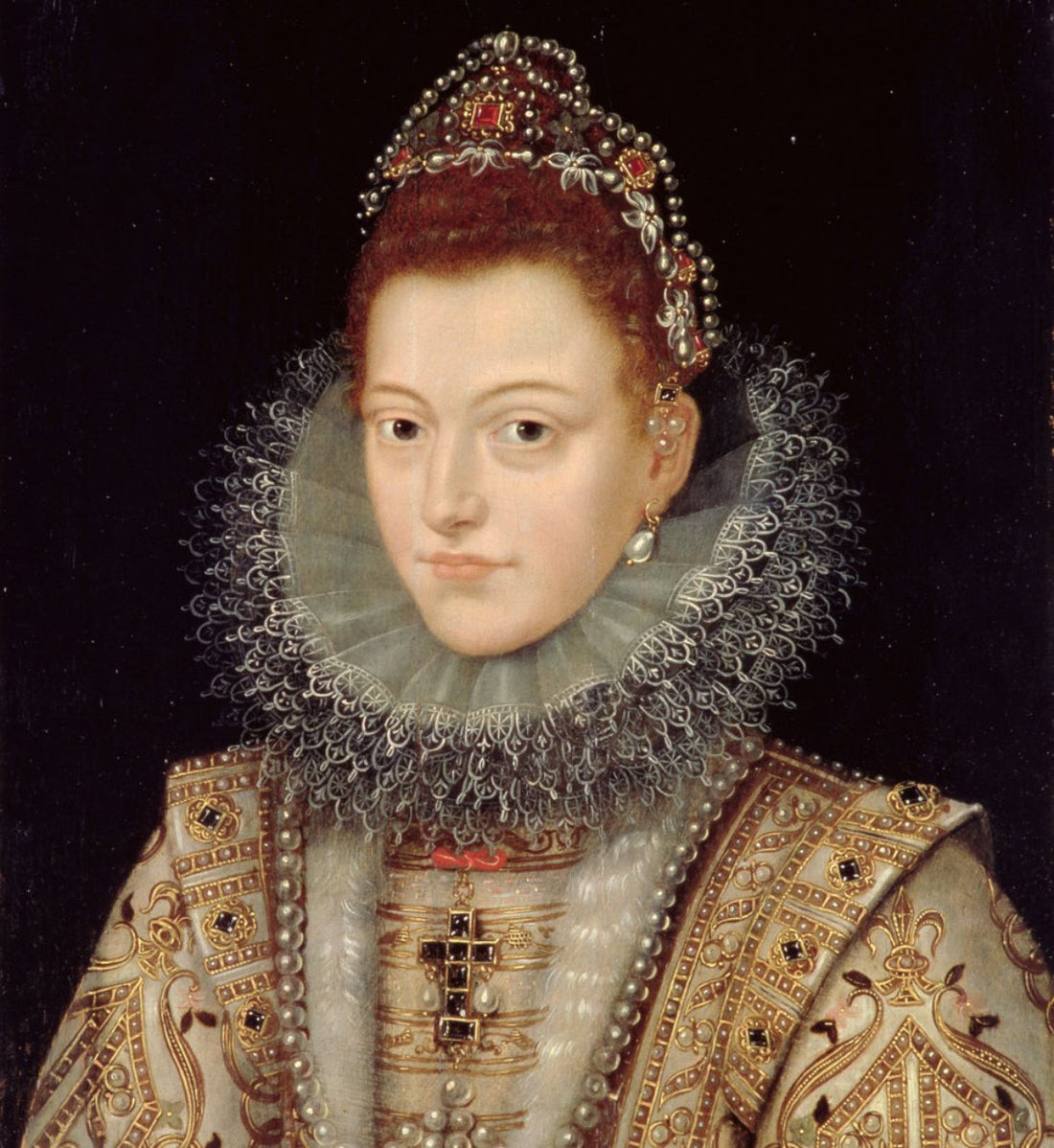Isabella Clara Eugenia – A Royal Legacy in the Southern Netherlands

Share
Isabella Clara Eugenia – A Royal Legacy in the Southern Netherlands
Born into power, destined to rule, and remembered as one of the most influential female figures of the early modern Low Countries.
A Princess of Two Dynasties
Isabella Clara Eugenia was born on August 12, 1566 in Madrid, the beloved daughter of King Philip II of Spain and Elisabeth of Valois, the daughter of King Henry II of France. Her birth united two powerful European dynasties: the Habsburgs and the Valois.
From an early age, Isabella was raised in the Spanish court with a rigorous education, shaped by Catholic devotion, courtly protocol, and political strategy. Her father, Philip II, held her in high regard and entrusted her with matters of state, An unusual position for a woman in her time.


Sovereign of the Southern Netherlands
In 1598, seeking to secure stability in the rebellious Low Countries, Philip II transferred the sovereignty of the Southern Netherlands (modern-day Belgium, parts of the Netherlands and Luxembourg) to Isabella and her husband, Archduke Albert of Austria. Together, they ruled as joint sovereigns, establishing their court in Brussels.
Their reign marked a period of relative peace after decades of war during the Eighty Years’ War. Isabella and Albert aimed to reconcile the region under Catholic rule while maintaining a level of autonomy from Madrid. Their governance brought not only political calm, but also a cultural renaissance.
A Patron of the Flemish Baroque
Isabella Clara Eugenia is remembered as a major patron of the arts most notably of Peter Paul Rubens, who became her court painter. She understood the power of imagery and commissioned works that reflected both religious devotion and political authority.
Under her influence, Baroque art flourished in the Southern Netherlands. Churches, public buildings, and court spaces were filled with vivid, emotional, and grand-scale works that continue to define Flemish cultural identity to this day. She played a vital role in positioning Brussels as a center of Baroque art in Northern Europe.
A Nun in Power
After the death of her husband Albert in 1621, Isabella made a remarkable transition. She took religious vows and entered the Order of the Poor Clares, adopting the habit of a nun. However, she did not abandon her duties as regent. From within her spiritual role, she continued to govern with strength and integrity until her death in 1633.
This dual identity both nun and sovereign made her a rare and deeply respected figure. Her religious devotion only strengthened her image as a virtuous and legitimate ruler.
Her Legacy in the Netherlands
Isabella Clara Eugenia’s death marked the end of a period of relative independence for the Southern Netherlands. Spanish central authority was reasserted, and the region would once again be drawn into broader European conflicts. But her reign left a lasting impact.
Her support of the arts laid the foundation for the flourishing of Flemish Baroque, and her diplomatic approach helped preserve Catholic culture in the region without the extremes of repression seen elsewhere.
Today, her image lives on in paintings, prints, and rare portrait books—like the one featured in our collection—offering a glimpse into a time when a woman of grace and conviction helped shape the course of Dutch and Flemish history.

Next story wil be available soon: The rare childhood portrait and legacy of William V of Orange.
